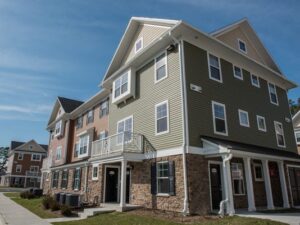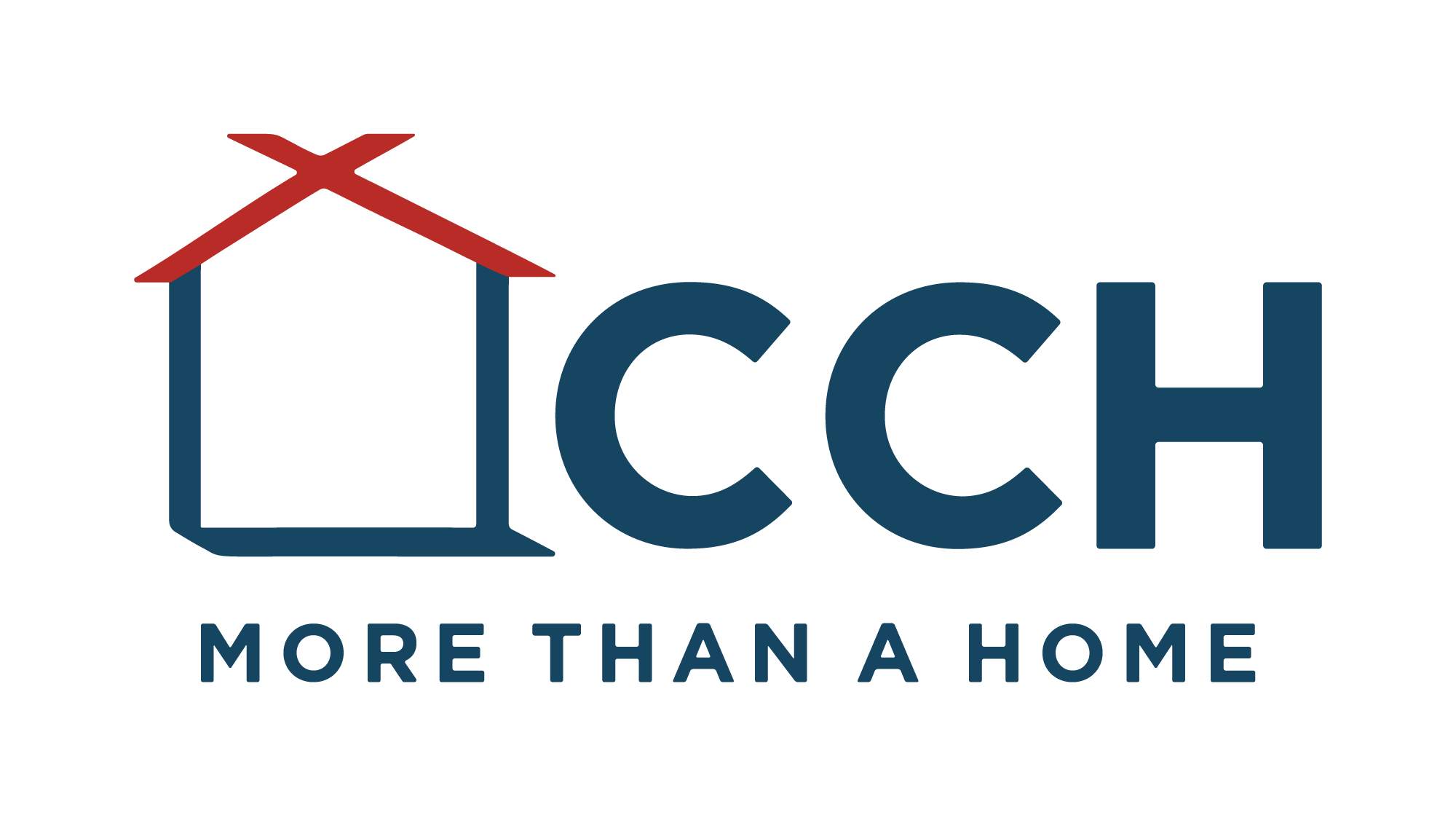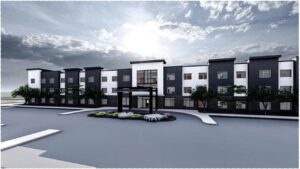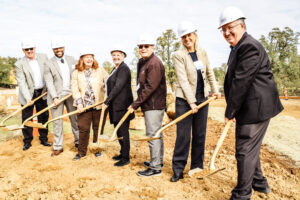 The preservation of pre-1974 HUD Section 202 direct loan properties is fast becoming a topic of increased conversation and is especially relevant to property owners whose loans are now reaching maturity. The Section 202 direct loan program, aimed at helping low-income seniors age in place in their communities, was the first phase of HUD’s Section 202 program and included properties developed with low-interest HUD direct loans between 1959 and 1974. Many of these 50 year loan terms are now quickly reaching maturity and property owners are at a crucial decision point for how to restructure the loans and to maintain and preserve their aging properties.
The preservation of pre-1974 HUD Section 202 direct loan properties is fast becoming a topic of increased conversation and is especially relevant to property owners whose loans are now reaching maturity. The Section 202 direct loan program, aimed at helping low-income seniors age in place in their communities, was the first phase of HUD’s Section 202 program and included properties developed with low-interest HUD direct loans between 1959 and 1974. Many of these 50 year loan terms are now quickly reaching maturity and property owners are at a crucial decision point for how to restructure the loans and to maintain and preserve their aging properties.
HUD has made two preservation options available:
- At the Maturity of the Pre-1974 Section 202 Direct Loan; and
- At the Prepayment and Refinance of the Pre-1974 Section 202 Direct Loan.
HUD’s preservation options include tools for the property to receive rental assistance through the Project-Based Voucher (PBV) program, which can help with Section 202 property improvement project revenue, ensure ongoing affordability, and allow owners to leverage debt and equity to recapitalize the property. The preservation process also can utilize SPRACs (Senior Preservation Rental Assistance Contracts) for units that cannot be covered by a project-based voucher or Tenant Protection Vouchers (TPVs) for properties where the loan has already matured.
Regardless of the preservation path utilized, HUD and industry experts recommend housing providers start early and prepare for a nine to 12 month preservation process. Upon completion, the property can retain affordability and housing assistance under elderly-designated contracts for up to 20 years.
Click here for more information on the preservation process and how CCH can assist property owners with choices and decision-making before closing HUD loans.



